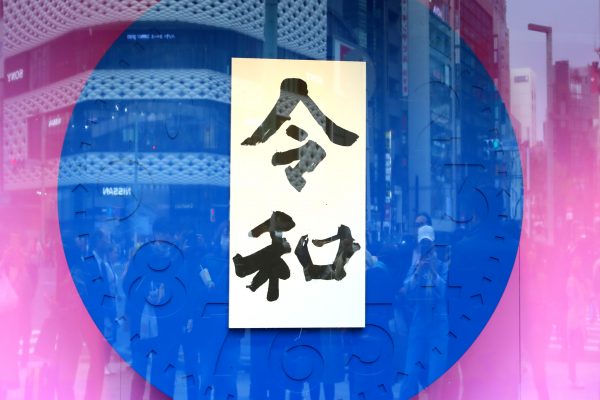While Japan’s potential is bright — that door may indeed open — odds are long that the future will depart from the trends and trajectories of the Heisei era that is ending.
The Heisei era has been hard on Japan. The extraordinary promise that seemed within reach as the Showa emperor died in 1989 instead dissipated as Japan’s economic bubble burst and politicians proved unable to get the country back on track. The 1990s are widely accepted to have been ‘a lost decade’ and for many that period of aimlessness persisted through the first decade of the new millennium as well.
Abe’s return to the Prime Minister’s Office was heralded as the end of two decades of drift. Upon taking office, he declared, ‘I am back and so shall Japan be’. He has made admirable progress in that effort.
Abe implemented an economic program that bears his name — Abenomics — that ended the downward spiral. He also ended the revolving door of prime ministers and is set to become the longest serving prime minister in Japanese history if he is in office (as is expected) on 20 November 2019. He has pushed through a national security agenda that has made significant progress on long-sought policies (although his goal of constitutional revision remains unrealised). He has raised Japan’s international profile with aggressive and successful diplomatic initiatives such as the Comprehensive and Progressive Trans-Pacific Partnership and the Japan–EU Economic Partnership Agreement.
But for all those successes, Abe has failed in his core task: the revitalisation of Japan. Japan’s economy is doing better but it continues to struggle. The goal of 2 per cent inflation remains stubbornly out of reach, and as prices remain sluggish so too does business investment. National debt continues to mount, the product of fiscal stimulus programs that have been a staple of Japanese economic policymaking for decades. Finally, structural reform remains more promise than reality.
Those failures do not mean that Japan is on the brink of collapse. On the contrary, Tokyo is a gleaming, safe and efficient metropolis with more than twice as many Michelin stars as any other city in the world. Its fashion and art continue to set global trends and some of its companies are world-beaters. Writer William Gibson says that, ‘When he wants to see the future, he goes to Tokyo for a week’.
Unfortunately, Tokyo is not Japan and a combination of structural and attitudinal barriers will limit the country’s future prospects. The most challenging obstacle is demographic: the ‘grayest’ country in the world will find it difficult, if not impossible, to sustain social safety nets as the population pyramid is inverted and shrinks. The government has accepted a 20 per cent drop in population — it will hold the line at 100 million people, down from the current 127 million — but that will not forestall increasingly difficult choices between guns and wheelchairs as government resources are reduced.
As pernicious as those structural constraints is the Japanese mindset. The country’s successes have created a culture of comfort and complacency that inhibits reform. The Japanese are rightfully proud of their country and its accomplishments. When combined with a ‘small ‘c’ conservativism’ that values the status quo and shies away from radical change — structural reform, by definition — inertia is virtually guaranteed. The Japanese are not prepared to make radical changes when outcomes cannot be guaranteed. To be clear: Japan is not unchanging. Rather, the pace of change is not keeping up with the required speed of transformation.
The Japanese have surveyed the world and decided that they are more comfortable with ‘the devil they know’. This has also yielded an increasingly inward-looking (uchimuki) mindset that contributes to the reluctance to reform.
Finally, this inclination is compounded by a nostalgia that infuses the thinking of the left and right. Abe expressed this view when he explained why the name for the new imperial reign was taken from an ancient Japanese text, the Manyoshu, rather than a Chinese classic as in the past. He explained that, ‘Our nation is facing up to a big turning point, but there are lots of Japanese values that shouldn’t fade away’.
Laudable though it is, this thinking has consequences. The IMF has concluded that Japan’s GDP will fall by over 25 per cent by 2040 in the absence of structural reform. In the absence of change, this is Peak Japan.
Brad Glosserman is Deputy Director of and Visiting Professor at the Center for Rule-Making Strategies at Tama University. This analysis is drawn from Peak Japan: The End of Great Ambitions (Georgetown University Press, 2019).

